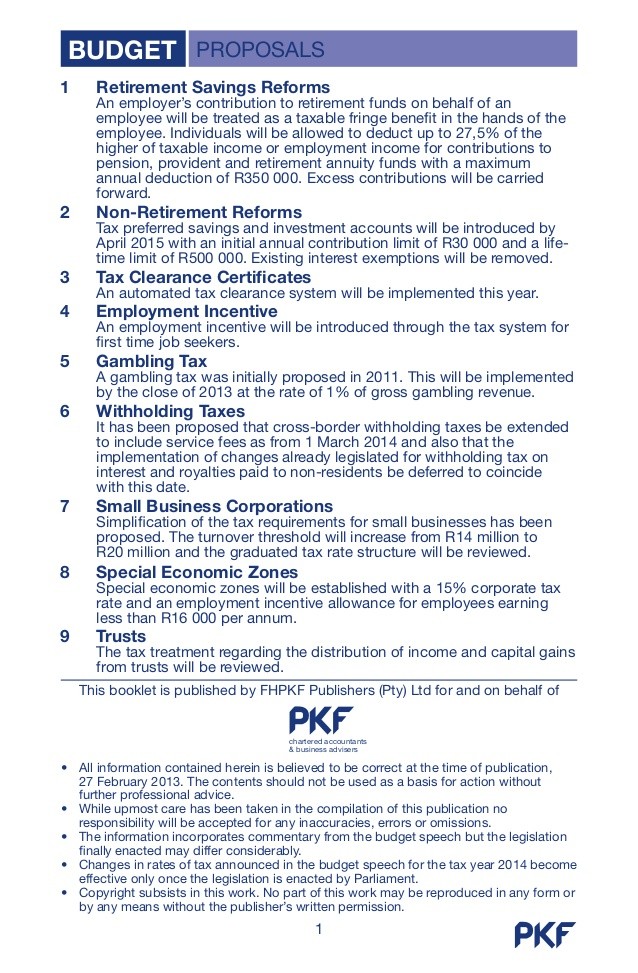The new dividend tax rate in 2013 would be 44 8%
Post on: 3 Май, 2015 No Comment

on 2/22/12 at 3:45pm
President Obama’s 2013 budget is the gift that keeps on giving—to government. One buried surprise is his proposal to triple the tax rate on corporate dividends, which believe it or not is higher than in his previous budgets.
Mr. Obama is proposing to raise the dividend tax rate to the higher personal income tax rate of 39.6% that will kick in next year. Add in the planned phase-out of deductions and exemptions, and the rate hits 41%. Then add the 3.8% investment tax surcharge in ObamaCare, and the new dividend tax rate in 2013 would be 44.8%—nearly three times today’s 15% rate.
Keep in mind that dividends are paid to shareholders only after the corporation pays taxes on its profits. So assuming a maximum 35% corporate tax rate and a 44.8% dividend tax, the total tax on corporate earnings passed through as dividends would be 64.1%.
In previous budgets, Mr. Obama proposed an increase to 23.8% on both dividends and capital gains. That’s roughly a 60% increase in the tax on investments, but at least it would maintain parity between taxes on capital gains and dividends, a principle established as part of George W. Bush’s 2003 tax cut.
With the same rate on both forms of income, the tax code doesn’t bias corporate decisions on whether to retain and reinvest profits (and allow the earnings to be capitalized into the stock price), or distribute the money as dividends at the time they are earned.
Of course, the White House wants everyone to know that this new rate would apply only to those filthy rich individuals who make $200,000 a year, or $250,000 if you’re a greedy couple. We’re all supposed to believe that no one would be hurt other than rich folks who can afford it.
The truth is that the plan gives new meaning to the term collateral damage, because shareholders of all incomes will share the pain. Here’s why. Historical experience indicates that corporate dividend payouts are highly sensitive to the dividend tax. Dividends fell out of favor in the 1990s when the dividend tax rate was roughly twice the rate of capital gains.
When the rate fell to 15% on January 1, 2003, dividends reported on tax returns nearly doubled to $196 billion from $103 billion the year before the tax cut. By 2006 dividend income had grown to nearly $337 billion, more than three times the pre-tax cut level. The nearby chart shows the trend.
Heartland Institute President Joe Bast on why global warming activist Peter Gleick stole and forged documents from his organization.
Shortly after the rate cut, Microsoft, which had never paid a dividend, distributed $32 billion of its retained earnings in a special dividend of $3 per share. According to a Cato Institute study, 22 S&P 500 companies that didn’t pay dividends before the tax cut began paying them in 2003 and 2004.
As former Citigroup CEO Sandy Weill explained at the time: The recent change in the tax law levels the playing field between dividends and share repurchases as a means to return capital to shareholders. This substantial increase in our dividend will be part of our effort to reallocate capital to dividends and reduce share repurchases.

And that’s what happened. An American Economic Association study by University of California at Berkeley economists Raj Chetty and Emmanuel Saez examined dividend payouts by firms and concluded that the tax reform played a significant role in the [2003 and 2004] increase in dividend payouts. They also found that the incentive for firms to pay dividends rather than sit on cash helped reshuffle capital from lower growth firms to ventures with greater expected value, thus increasing capital-market efficiency.
If you reverse the policy, you reverse the incentives. The tripling of the dividend tax will have a dampening effect on these payments.
Who would get hurt? IRS data show that retirees and near-retirees who depend on dividend income would be hit especially hard. Almost three of four dividend payments go to those over the age of 55, and more than half go to those older than 65, according to IRS data.
But all American shareholders would lose. Higher dividend and capital gains taxes make stocks less valuable. A share of stock is worth the discounted present value of the future earnings stream after taxes. Stock prices would fall over time to adjust to the new after-tax rate of return. And if investors become convinced later this year that dividend and capital gains taxes are going way up on January 1, some investors are likely to sell shares ahead of paying these higher rates.
The question is how this helps anyone. According to the Investment Company Institute, about 51% of adults own stock directly or through mutual funds, which is more than 100 million shareholders. Tens of millions more own stocks through pension funds. Why would the White House endorse a policy that will make these households poorer?
Seldom has there been a clearer example of a policy that is supposed to soak the rich but will drench almost all American families.














